David Rosenberg: How investors can navigate the global water crisis
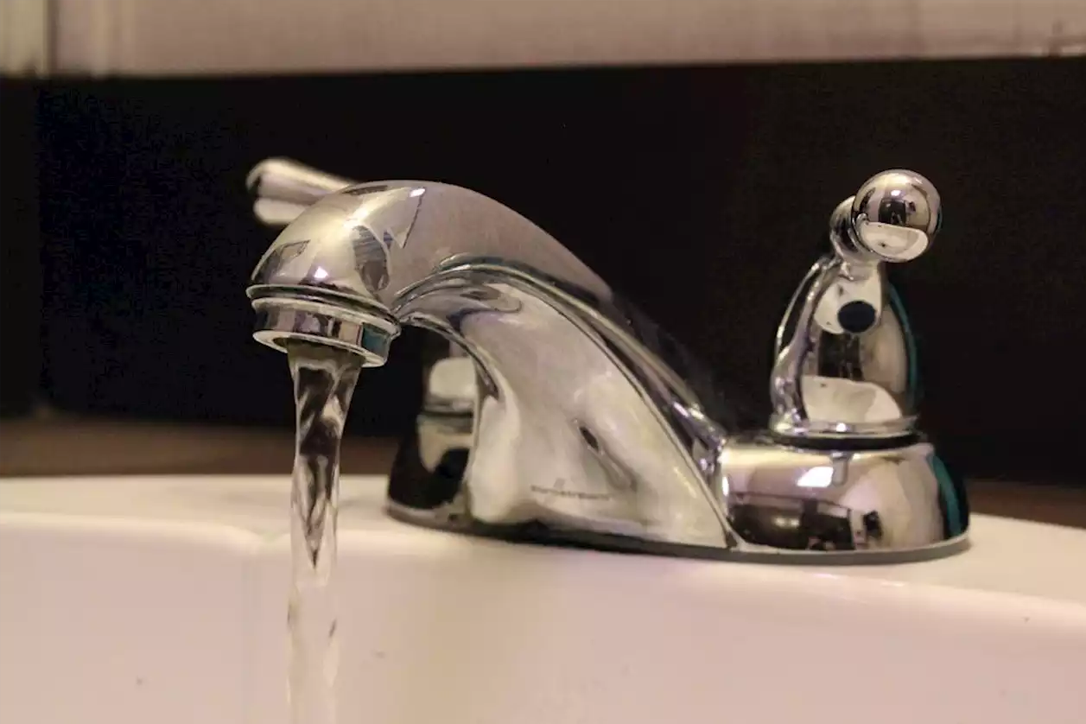
One of the most pressing issues that will need to be addressed in the coming years is the worsening global water shortage. According to the World Bank, 2.2 billion people don’t have access to safely managed drinking water, while more and more regions are resorting to imposing stringent water restrictions, including parts of the United […]
Cobourg water rates increase by over 7% annually.
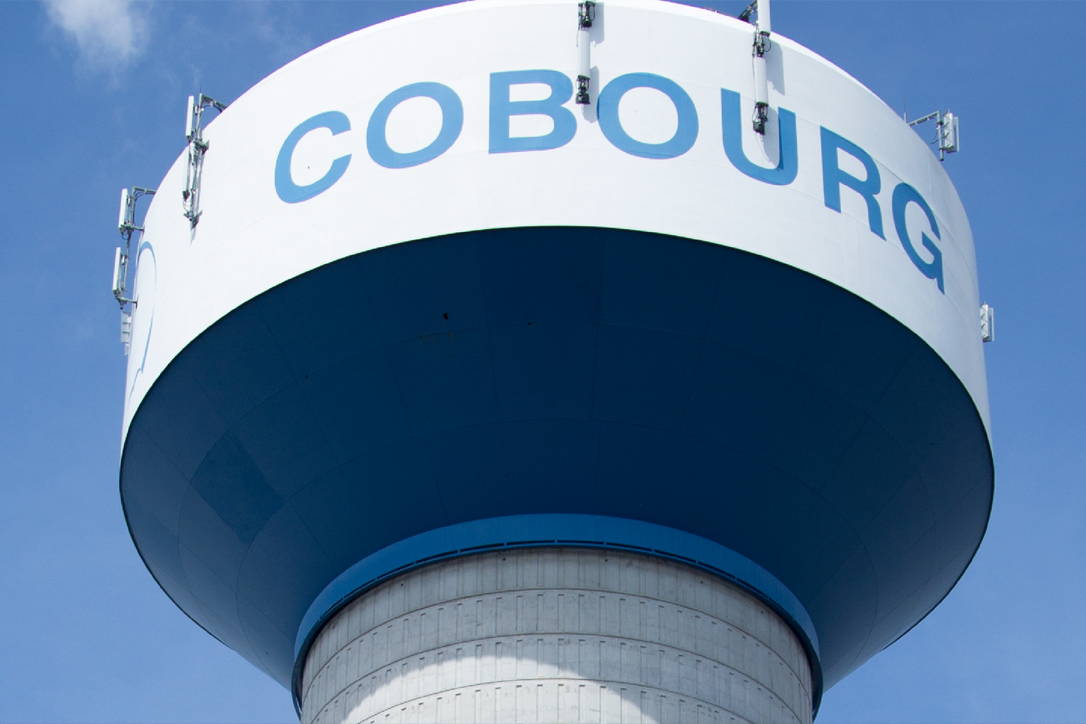
PAYMENT RELIEF Lakefront Utility Services recognizes that this is a difficult time for everyone, and we want our customers to know that we are here to support them. As part of Lakefront’s commitment to customers, we have offered: Increased payment flexibility to customers experiencing hardship. If you are concerned about paying your bill, or have […]
St. Catharines residents consuming more water at home as rates go up
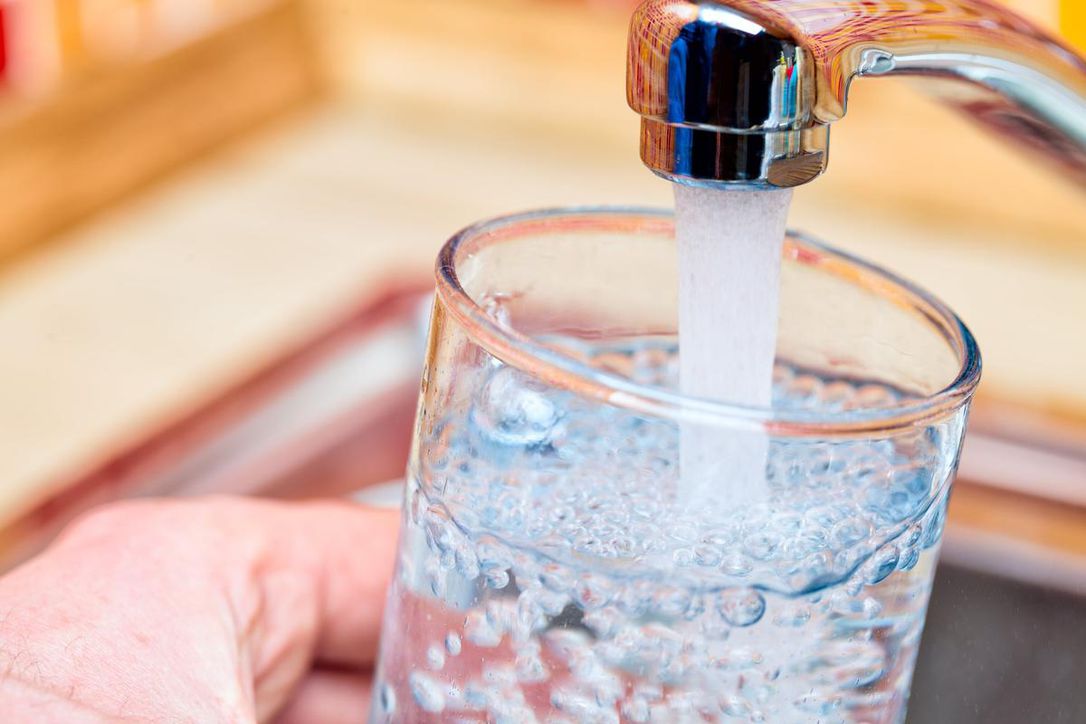
St. Catharines residents have increased their use of water at home by close to a million cubic metres since the pandemic began, council learned Monday as it set 2022 water and wastewater rates. Working from home and other COVID-19 related reasons for staying put is being seen as the main driver for the jump. From […]
City of Toronto 2022 rate-supported budget for Toronto Water
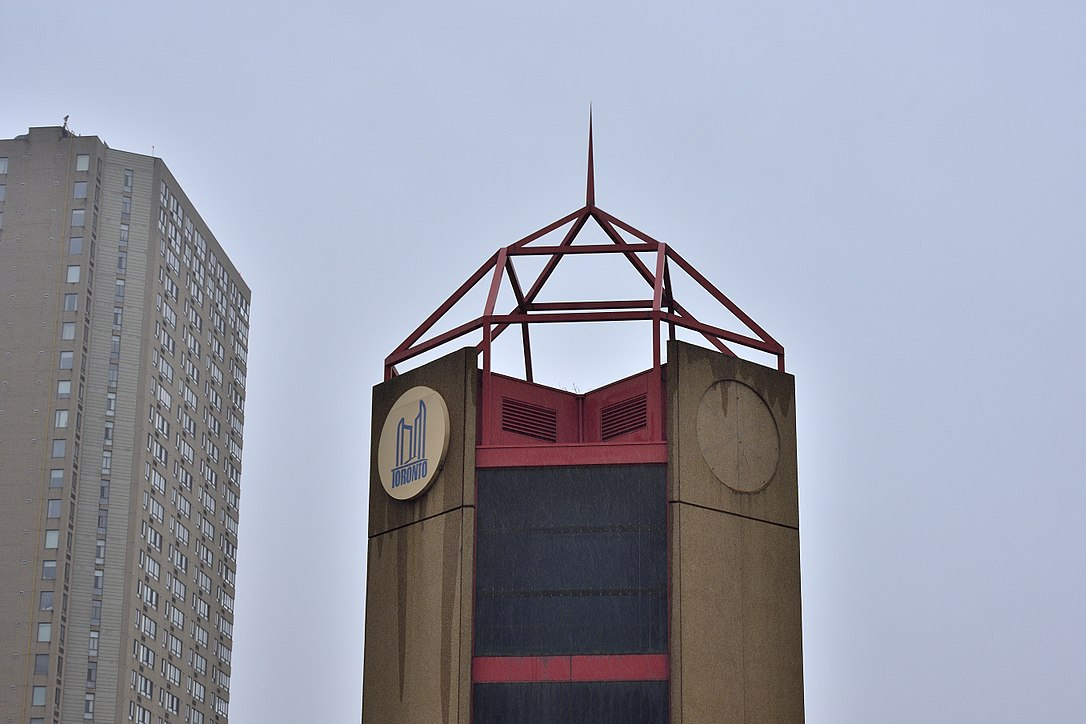
Toronto Water’s key priorities are delivering clean, safe drinking water, treating wastewater, and managing stormwater in an environmentally and fiscally responsible way for the city’s residents, businesses and visitors. During the COVID-19 pandemic, Toronto Water has provided uninterrupted critical services to residents and businesses. Toronto Water is recommending a 2022 capital budget of $1.4 billion […]
$15 Billion Cost to be levied on ratepayers over next 10 years for Toronto Water.
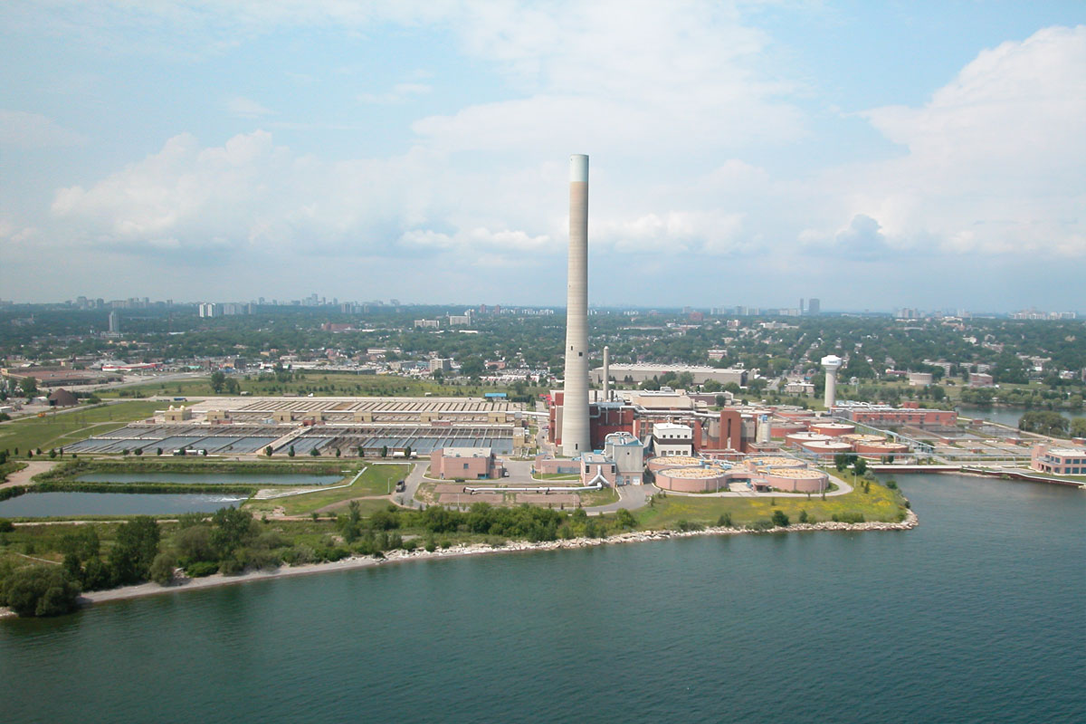
Toronto Water’s key priorities are delivering clean, safe drinking water, treating wastewater, and managing stormwater in an environmentally and fiscally responsible way for the city’s residents, businesses and visitors. During the COVID-19 pandemic, Toronto Water has provided uninterrupted critical services to residents and businesses. Toronto Water is recommending a 2022 capital budget of $1.4 billion […]